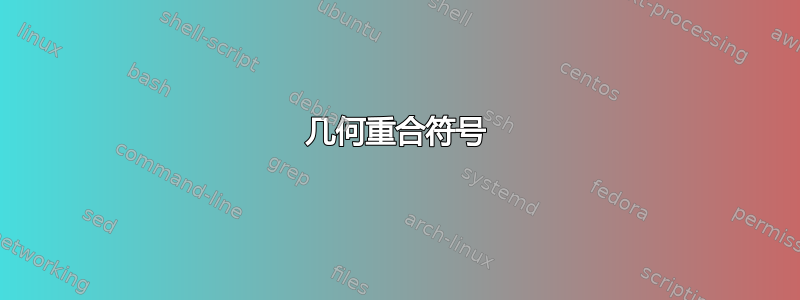
答案1
答案2
这应该是一个关系符号。可以用序列获得
\relbar \joinrel \mathrel{\!\bullet\!} \joinrel \relbar
该\relbar命令排版一个被视为关系符号的减号;\joinrel是一个被视为关系符号的小负空间。\bullet被制成一个关系符号,并减少了边距。
\documentclass{article}
\usepackage{amsmath}
\newcommand{\incidence}{\relbar\joinrel\mathrel{\!\bullet\!}\joinrel\relbar}
\begin{document}
$(\mathcal{P},\mathcal{G},\incidence)$
\end{document}
答案3
这是使用该方法的另一种解决方案这里用于叠加符号。
\documentclass{article}
\usepackage{amsmath}
\usepackage{amssymb}
\makeatletter
\newcommand{\superimpose}[2]{%
{\ooalign{$#1\@firstoftwo#2$\cr\hfil$#1\@secondoftwo#2$\hfil\cr}}}
\makeatother
\newcommand{\incidentsymb}{%
\mathpalette\superimpose{%
{\rule[0.5ex]{1.2em}{0.5pt}}%
{\text{\textbullet}}%
}%
}
\begin{document}
$(\mathcal{P}, \mathcal{G}, \incidentsymb)$
\end{document}
答案4
只是为了好玩,只有 才有效luatatex。使用之前xelatex 添加 有效,但使用也失败了。\ensuremath\bulletpdflatex
\documentclass{article}
\usepackage{graphicx}
\newcommand\incidence{\mathrel{\rotatebox{90}{\bullet\kern-.4em|}}}
\begin{document}
$(\mathcal{P}, \mathcal{G}, \incidence )$
\end{document}






